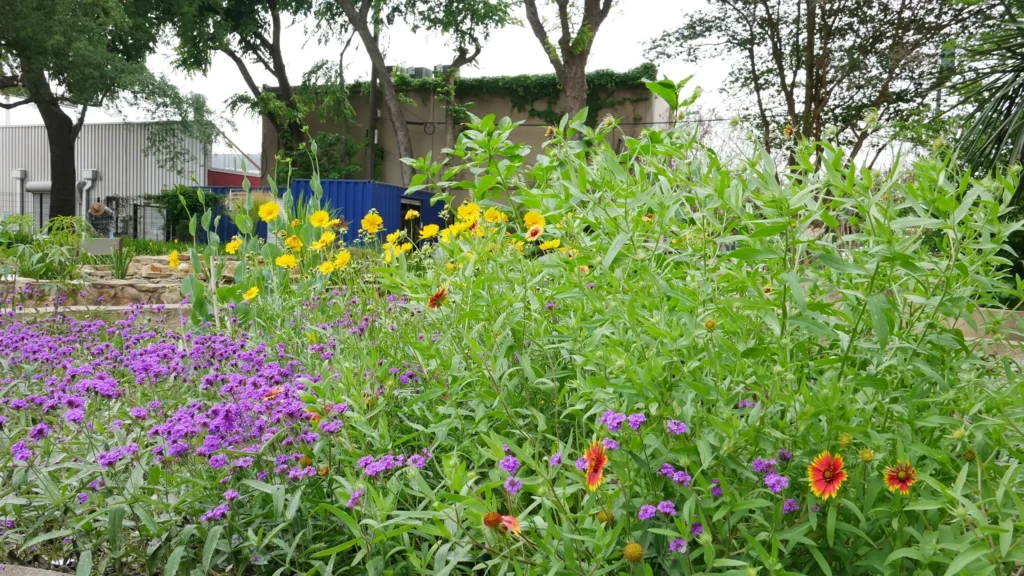In the opening passage of Bruce Norris’ Tony Award and Pulitzer Prize-winning play Clybourne Park, which proved a season highlight at the Alley Theatre, Bev tries to pawn off her silver chafing dish to her maid. After she refuses, she tries to give it away to the maid’s husband. Another no go.
I hear your pain Bev.
Imagine how I felt when the estate sale lady told me, “No one wants that stuff anymore,” when looking at the pile of silver from my parent’s home. She muttered something under her breath about my generation never learning to entertain. Over the five weeks I spent getting my childhood home emptied for its next owner, I came to think of that pile of silver as a collection of orphans.
“Surely, you need a silver butter dish,” I would tell my sisters, sounding exactly like Bev.
“I believe that within the new object still lives the past. That nothing is lost, only given a new history.”
No one did, so slowly I began to send some of the choice pieces back to Houston at a time when I was purging my own home of unneeded stuff. I sent so many pieces back to Texas that the UPS guy and I were on first-name basis. For a while there, it seemed that only the UPS guy and myself remotely cared about my mom’s old silver.
Then I wandered into Jaydan Moore’s studio at the Houston Center for Contemporary Craft, whose work is now on view as part of In Residence: Work by 2012 Resident Artists, through Sept. 29. He, too, had a pile of silver, along with strange and beautiful silver sculptures mounted on the wall. Trays merging with each other possessed an otherworldly feeling, yet not so unfamiliar. A cluster of forks fused together made for another curious sculpture. On the far wall, I found elegant prints made from the engraved silver patterns. Moore even prints the back of the tray, showing the scratches, kicks and dents. It’s life as a tray is revealed in the grooves of its history.
“It’s like a final record of the object,” says Moore. Finally, someone who understood my silver situation.
Tarnish and texture
Moore takes donated old silver, or what he has found at re-sale shops, and turns them into something else, like three silver trays fused to make one elongated wall sculpture. Something we know and understand becomes a object of rare beauty. Tarnish doesn’t scare him either, it adds to the texture of the work.
It’s as if he gives the silver another chance to be in the world.
“I like the idea of how we add memory and meaning to objects.”
Moore was one of five artists in residence at the Craft Museum, a program started in 2001 for mid-career and emerging clay, fiber, glass, metal, wood and mixed media artists. Artists get space, a stipend and a show in exchange for being in their studios about 24 hours a week when the museum is open. So it’s perfectly OK to wander in and chat with them about their work. Although it’s a tiny bit like working in a fishbowl, Moore enjoys the interaction.
“It’s good to discuss your work with the public,” he says. “Since I have said the same speech over and over, I find that I really start listening to what I am saying.”
Moore met the metal so to speak while still in high school, when he took a pre-college class at California College of Arts, Oakland, where he went on to earn his BFA in jewelry and metal arts. He headed straight to the Craft Center after earning his MFAH/MA at University of Wisconsin, Madison. His work took a turn toward using recycled objects while in grad school. “While making trophies I learned the commemorative object history began with table service ware. It was this knowledge that drove me to begin making trophies out of found tableware.”
He’s attracted to things like heirlooms that carry the history of its owner. “I like the idea of how we add memory and meaning to objects,” says Moore, who mostly uses recycled silver as his media now.
“I am motivated by how an object moves through the world, changing in meaning as it is passed down,” writes Moore in his artist statement, which is exactly why I handed over one of my mom’s silver trays. Moore inspected it closely, nodding his head with approval. He knew the make and the model well.
Transformation
Weeks later, I revisited Moore and found my mom’s tray transformed into a plate ready for the printing process.
Moore has enjoyed his time in Houston and is now in Richmond, Va., working as a Fountainhead Fellow. Before he left he called me to say my print was done. I gazed at my mother’s platter, now on paper, its every bump and scratch recorded by ink and the delicacy of the paper. It’s more beautiful than I could have ever imagined. Moore puts it poetically in his artist statement, “I believe that within the new object still lives the past. That nothing is lost, only given a new history.”
Somewhere, Bev would be smiling, and that estate sale lady, smirking.
By Nancy Wozny.

